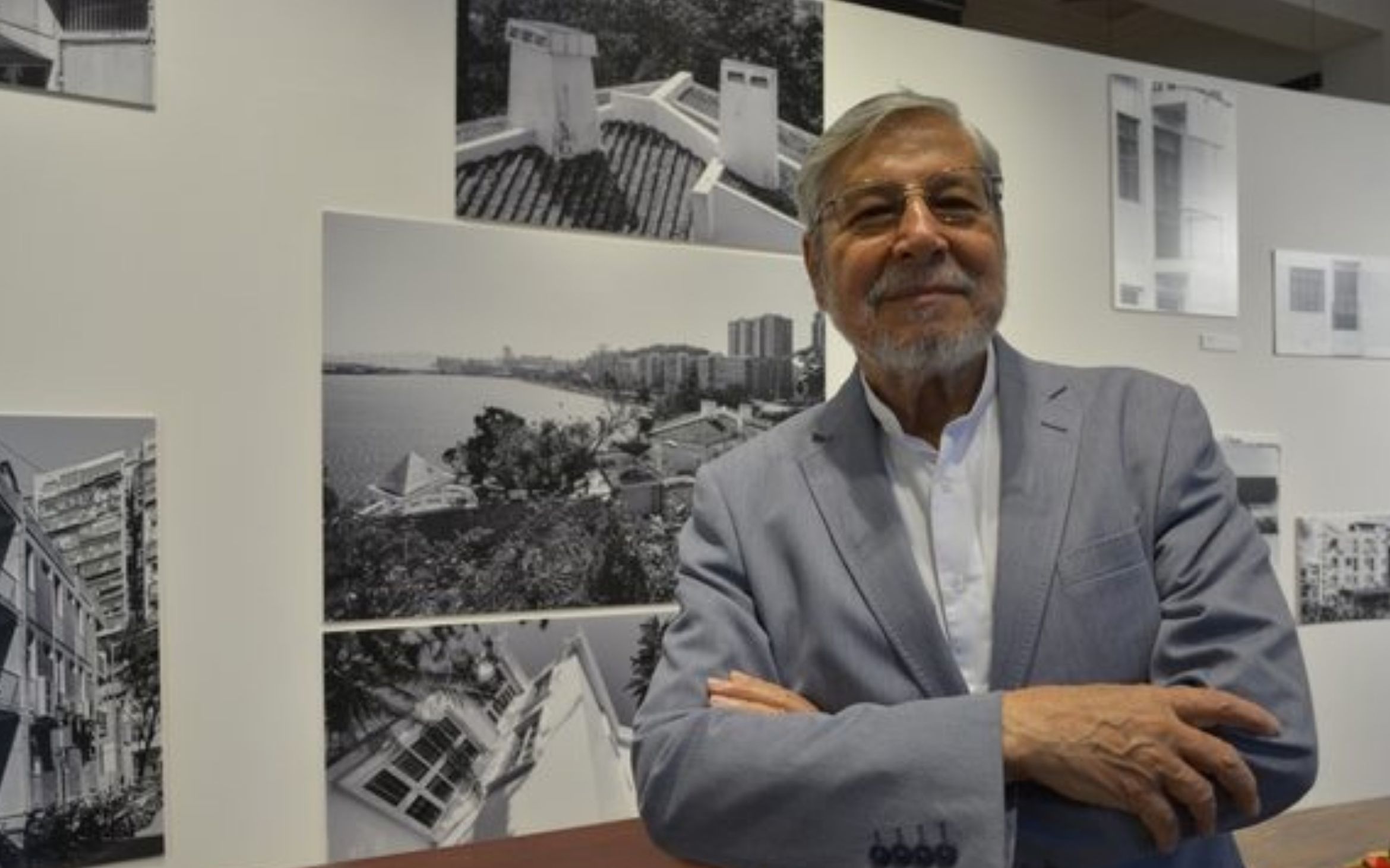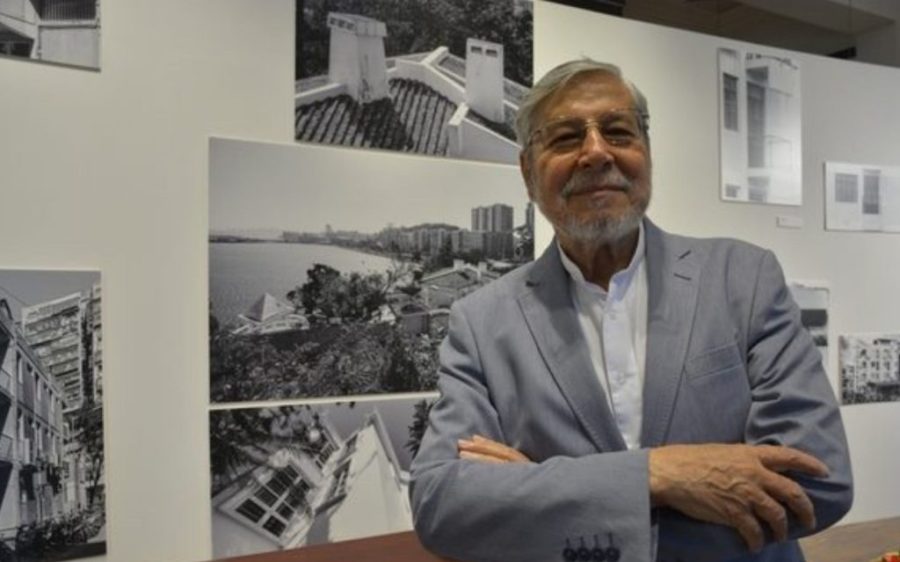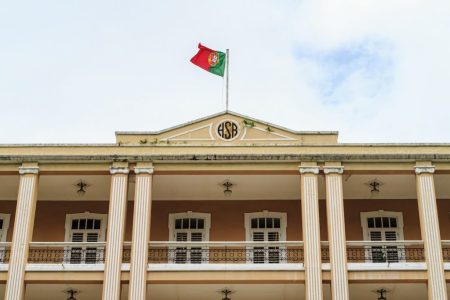José Celestino da Silva Maneiras, an architect whose work helped shape Macao’s residential and civic landscape from the 1960s onward, has died at the age of 90. He died late Monday evening, the Macau Daily Times reports.
Born in Macao in 1935, Maneiras studied at the University of Porto’s Faculty of Fine Arts in Portugal, and returned to the city in 1962 – joining Manuel Vicente’s urban planning team at a time of rapid development. He opened his own studio in 1967, producing residential projects noted for their craftsmanship and sensitivity to community needs, in contrast to the largely utilitarian construction common in the city at the time.
Among his significant works were the São Francisco Complex on Rua da Praia Grande and several residential buildings along Estrada do Visconde de São Januário. One of his most recognised projects, completed in 1970, was the Holy House of Mercy’s Centre for the Rehabilitation of the Blind at Fai Chi Kei, which introduced early accessibility features such as tactile flooring and discreet handrails.
[See more: How to see some of Macao’s best modernist architecture in half a day]
Maneiras also contributed to commercial and recreational architecture, including the Si Toi Hong Kong Bank building and the Canidrome Swimming Pool Complex. While some of his buildings have been altered or demolished amid redevelopment, his approach – described as blending contextual modernism with a human-centred ethos – has remained influential.
He was a founding member of the Architects Association of Macau in 1987 and was named an honorary member of Portugal’s Order of Architects in 2006. From 1989 to 1993, he served as president of the Leal Senado Municipal Council, a period noted by contemporaries as significant in the city’s pre-handover evolution.
Architects and civic leaders have paid tribute to his legacy. Nuno Soares, former head of the Centre for Architecture and Urbanism, called him a “main architectural reference in Macao,” while economist José Luís Sales Marques described him as “a man of great dignity, with a sense of duty and good humour.”






